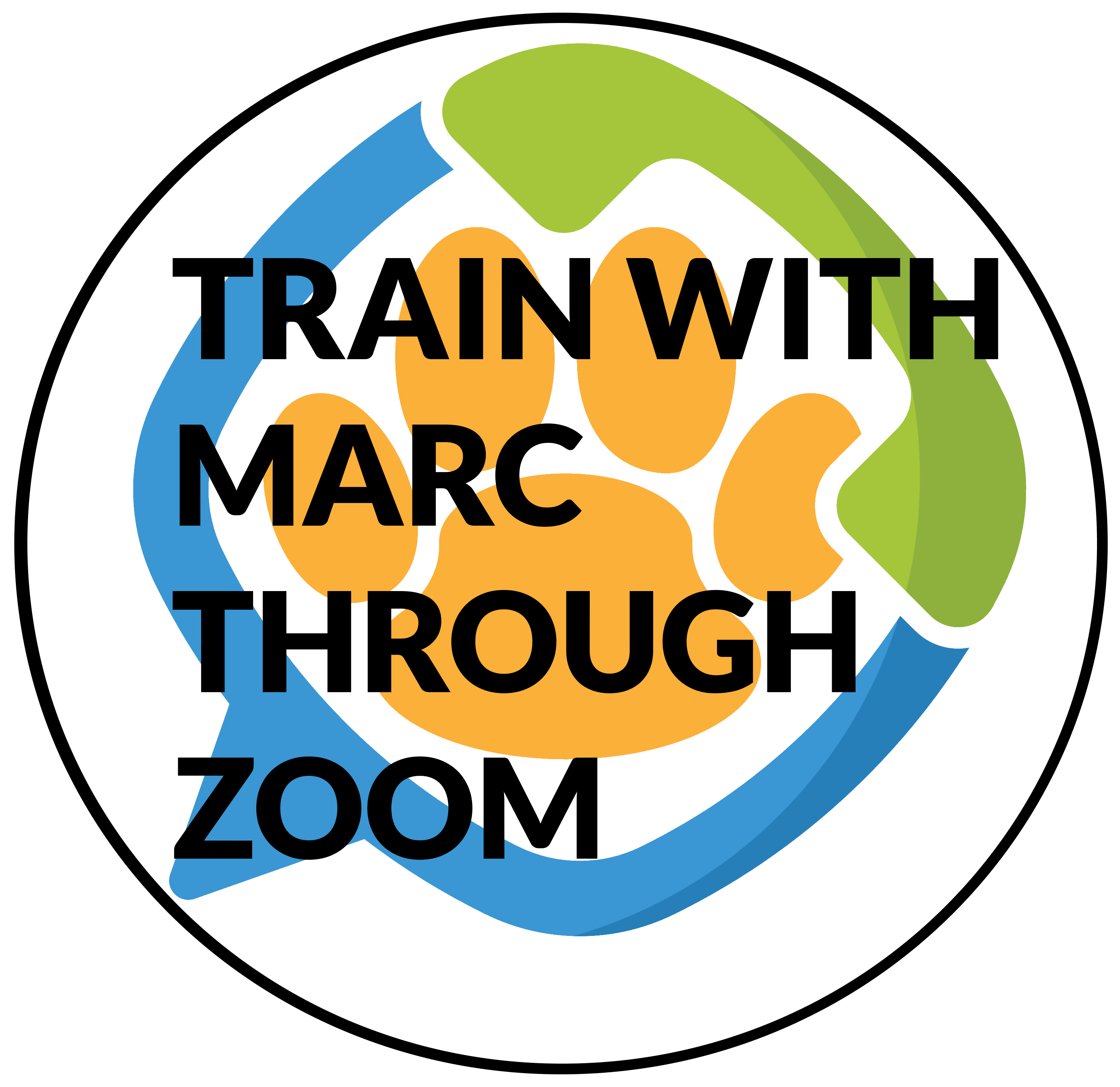Many dog owners fall into the trap of thinking that showing their dog their unconditional love with endless cuddles, affection, treats, and words is a key factor in caring for your pet. The problem with this practice is that it is not dogs’ natural method of communicating affection for one another. In the wild, dogs have a pack leader who dictates their behavior and cares for their wellbeing.
Communicating your affection as a pack leader would will lead to better training results and a deeper bond with her. Being a pack leader is not a single training exercise, but rather an ongoing approach to how you communicate with your dog. Wherever you are in your training journey, taking these steps can help put you and your dog on the right footing for all other training endeavors.
How to Be Your Dog's Pack Leader
Depending on your existing relationship with your dog and her current freedoms, some of these changes may be significant adjustments. Your dog will quickly come to appreciate the structure it provides, however, and come to appreciate you as a leader they can rely on. This is often far more important in a dog’s affection than cuddles.
Before you begin other training, you will want to start by managing the resources your dog has access to:
- Food - A pack leader will take the pack to food and let them know when it is time to eat. To do the same for your dog, stop free feeding and provide food at set intervals during the day, either twice or in accordance with your good vet’s guidelines. Have your dog display calm in a sit or down for a moment before you place the food on the ground. Wait a set amount of time and then pick the bowl back up again whether or not your dog has eaten.
- Toys - At least initially, you determine when playtime starts and ends for your dog as a pack leader would. Pick up all your dog's toys and put them out of reach. Either as a reward for a well done training session or at another time of the day, ask your dog to sit or go to place and then present her with the toy. Depending on your dog's progress over the next few weeks, this can change and toys can be more freely available.
- Treats - Your dog should not get treats merely for existing but instead as a reinforcement of good behavior during a training session. In the next few weeks, limit treats solely to when you are actively training, although you can still be relatively liberal with them during that time.
- Excitement - Many dogs’ problems stem from the excitement that their human owners display, such as when they come in the door at the end of the day, and excitedly greet their dog. Their dog’s reaction is to jump, bark, scratch, and perform other behaviors that are not ideal. You need to be consistently calm and expect your dog to do the same thing lying down or sitting in moments where she would otherwise be excited.
- Physical Space - A pack leader also controls where a dog can and cannot be. You will do the same for dogs in your home. For many dog owners, this starts by not allowing dogs on furniture or beds at all in the initial part of training, while you are on them, and then you can slowly begin to allow them up in response to calm behavior and a command.
These five boundaries are important in setting up the relationship between you and your dog. On their own, they can already make headway in many behavioral problems. They are also key to training effectively. To find out more information about how to introduce these five elements to your life with your dog and grow on them with effective training, check out our book The Art of Training Your Dog, or schedule time to train with mark either remotely or in person.





